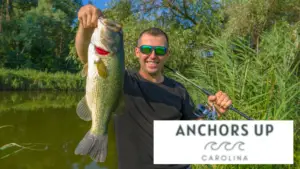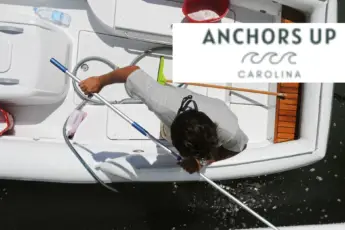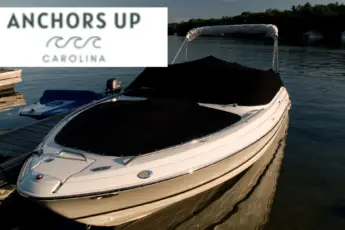As an avid angler who primarily fished offshore, I often enjoy fishing in my own neighborhood. Anglers often don’t realize the quality of fishing within their community, friends’ communities, or families. Furthermore, fishing in ponds and lagoons does not require expensive gear. Instead, low-cost spinning reels or bait casters will do the trick. Here is what you need to know about local fishing spots.
How Do You Find Local Neighborhood Fishing Spots
Without question, there are a multitude of ways to find local fishing spots. First, if you live in a community with ponds, venture around and get an idea of which looks the most fishy. Some of the most notable signs include lily pads, rocks, marsh grass, baitfish, and more.
An alternative option is to ask a friend or family for the opportunity to fish on their property if it’s positioned on a pond. All that they can do is say no, but more than likely, they will grant you the opportunity to fish.
Lastly, utilize Google Maps. Here, you can use the satellite view to locate neighborhoods with ponds. Of course, you are going to want to only fish in areas where public land is available and not in someone’s backyard.
Considerations When Fishing In Neighborhoods
When it comes to fishing in neighborhoods, you are going to want to consider different factors. Here is what to be aware of when fishing in communities.
Don’t Keep The Fish
In most cases, neighborhood ponds are man-made. For this reason, the ponds are stocked with fish as the community was not built along preexisting ponds and lakes.
Often, a stocking program is in place to ensure that the freshwater fish remain appropriately fed to maintain healthy weights. I would advise releasing all unharmed fish back into the pond.
Stay Off Of Private Property
Regarding land development, most ponds are stacked with houses one after another. If you don’t know a property owner, it can be challenging to find access to fish. However, this doesn’t mean you can wander from yard to yard.
Instead, locate the end of a pond. Most of the ends are where streets intersect. Here, you will find space to cast from community property versus private property.
Don’t Leave Behind A Mess
Unfortunately, I have fished ponds where anglers leave behind bait containers, snack wrappers, drinks, and more.
When you are done fishing for the day, take away all of your trash. Don’t leave behind a mess for someone else to clean.
What Are The Different Types Of Fish Environments In Neighborhoods
The type of fishing opportunities varies based on the location of the community. Where I live, the community has a mix of freshwater ponds, saltwater ponds, and brackish ponds. Here is the difference between the three.
Freshwater
Freshwater ponds are most common. They are widespread in communities across the country. It is not uncommon for the ponds to be treated. The treatment improves water clarity and reduces the growth of weeds and algae.
It should be mentioned that freshwater ponds are typically stocked with largemouth bass, bluegill, sunfish, catfish, and more.
Brackish
Brackish water is interesting because it is a mix between freshwater and saltwater. In the coastal regions, brackish water is typically found inland, where the salt levels become diluted. However, the same applies to lagoons as they become a mix of salt and freshwater as they move further from the intake in coastal waters.
In brackish lagoons, you can expect to catch tarpon, sheepshead, red drum, catfish, largemouth bass, and other species.
Saltwater
One of my favorite types of lagoons to fish in my neighborhood are those that are pure saltwater. Saltwater ponds have a direct tidal flow of water from a creek, river, or marsh.
If you’re fishing saltwater lagoons, the most common fish species are redfish, sea trout, tarpon, black drum, and sheepshead. Keep an eye out for jumping fish; schools of mullet gather in saltwater lagoons.
Don’t Remain Stationary At One Pond
When you’re taking advantage of local fishing spots, don’t remain stationary at one pond or lagoon. Instead, remain mobile and move about to determine where the best bite is taking place.
All too often, anglers become sedentary and wait for the bite to turn on instead of being proactive and finding the fish.
Don’t Miss Out On Neighborhood Fishing
Again, as an offshore angler, I still find the time to fish in neighborhood ponds and lagoons. I have some of the most fun bouncing around from location to location. With that said, take a look in your area for community fishing opportunities. Remember, a cheap spinning reel will do the trick. No need to get fancy.







